Reply To:
Name - Reply Comment
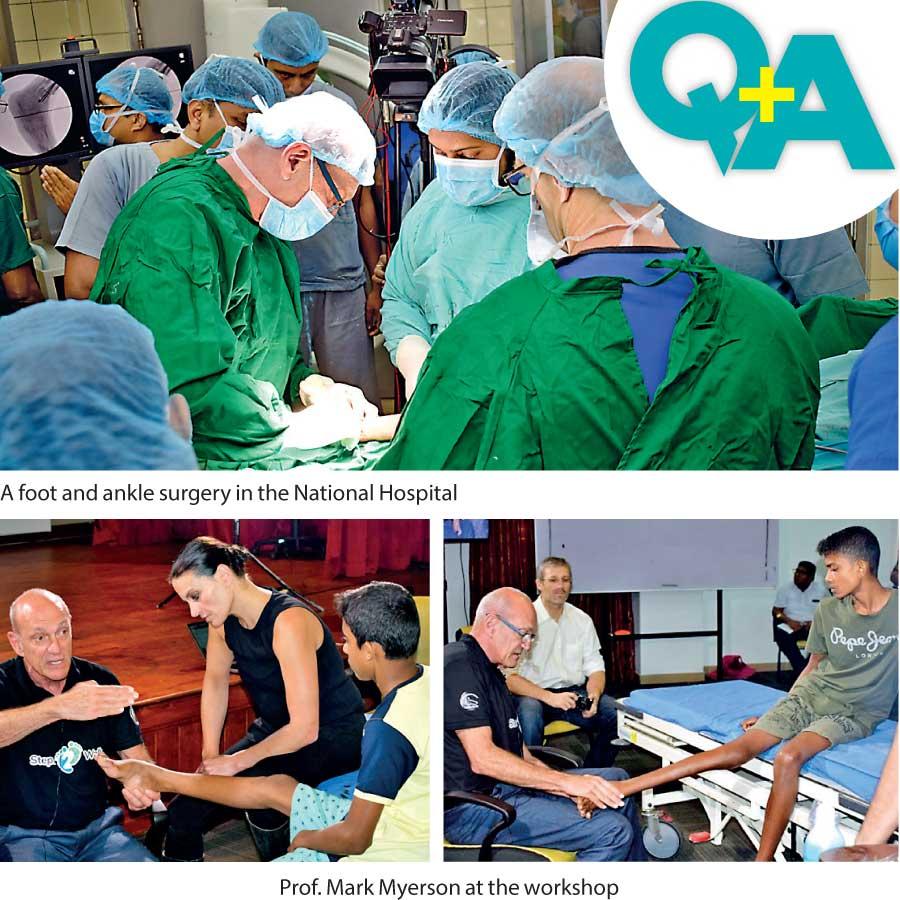
A team of orthopaedic surgeons from the global humanitarian organisation ‘Steps 2 Walk’ visited Sri Lanka recently. They held workshops for local orthopaedic surgeons and conducted foot and ankle surgeries in the National Hospital, Colombo. This was the first time a foot and ankle workshop was held in Sri Lanka. Daily Mirror interviewed the founder and the team-leader of ‘Steps 2 Walk’, Prof. Mark Myerson. Excerpts:
Q How was ‘Steps 2 Walk’ established?
This is a US-based non-profit organisation with over 150 volunteer surgeons who travel the world performing surgeries and educating local orthopaedic surgeons on foot and ankle deformities. At first, my colleagues and I performed many foot and ankle surgeries in various countries. But we soon realised if we trained and educated local orthopaedic surgeons, it would benefit thousands of people.
Q Tell us more about your team and workshops.
Our team includes six orthopaedic surgeons, two senior and two junior international foot and ankle surgeon volunteers, and two surgeon leaders from the local communities we visit. We usually have five-day workshops, and perform about 18 to 20 surgeries on each visit. Usually for five-day workshops between 20 to 25 local orthopaedic surgeons participate, and for six-day workshops nearly 200 surgeons take part.
Q What’s your main focus when selecting locations to perform surgeries and educate local surgeons?
We visit areas where there is a need. Population size and patient access to surgeons are vital when selecting the region. Some largely populated countries have just a few surgeons, and some countries don’t have leadership in this field. Access to orthopaedic education is limited in many countries.
In large but sparsely inhabited countries like Namibia people live thousands of miles from the capital. For them, seeking treatment is costly. They must choose between money for bus fares, or foregoing a meal or two.
In Kenya many patients have lived with crippling deformities for decades. Doctors tell them to accept and bear the deformities. So they do not think treatment is mandatory. They also don’t know that treatment is available. So they live with their deformities.
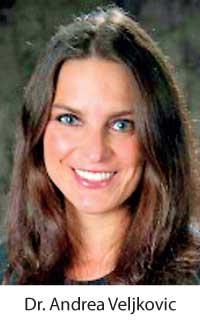 Some surgeons are also not interested in learning about this area. For example, Kenya’s 40 million population and Namibia’s two million population have just one foot and ankle surgeon. China, with 1.4 billion people, has about 50 trained senior surgeons.
Some surgeons are also not interested in learning about this area. For example, Kenya’s 40 million population and Namibia’s two million population have just one foot and ankle surgeon. China, with 1.4 billion people, has about 50 trained senior surgeons.
It takes about one year to plan workshops. We check for basic requirements like safety and ease in entering the country, operating theatre facilities, audiovisual services, the ability of local surgeons to follow up with patients, and so on. There must also be local leadership interested to expand their knowledge.
Q What type of deformities do you treat?
We reconstruct foot and ankle deformities, including post-traumatic, neurologic and congenital problems like flat feet, high arches, club feet, and toe deformities. If the host institution requests a specific surgery, we focus on it. Usually the surgery type depends on the community requirement.
Q What made you start this kind of work? 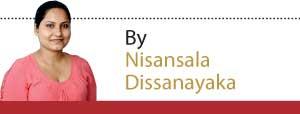
I’m originally from Africa. In the 1980s I immigrated to the US. I was very fortunate in my career. There was an enormous need as an immigrant to give back. So, 20 years ago, I started doing humanitarian work. But I was doing it the wrong way, because I was helping individuals by doing surgeries alone, and teaching. Then I realised I needed a more organised team. The moment came when I was working in South Africa on a humanitarian program six years ago. I was talking with a leader of another non-profit that provides care and education to HIV positive mothers. This man explained to me what he was doing, and his vision changed my life. The next year I stopped working in the hospital and devoted my time to humanitarian service.
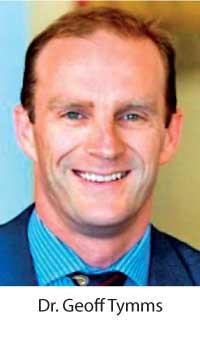 Q Why are there very few foot and ankle surgeons?
Q Why are there very few foot and ankle surgeons?
It depends on the surgeon’s level of interest. In the past few decades areas like sports surgery became popular, and trainees went into these fields. There are not many foot and ankle surgery educators in the world. Some surgeons are educators, but they are not good at performing surgeries.
Q How did you make the connection with Sri Lanka?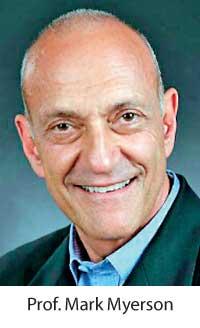
Most of the time, our students worldwide connect us with countries. The Sri Lanka visit was arranged by a student of ours, Dr. Anthony Perera, an orthopaedic surgeon in the UK. We communicated for nearly a year to plan the workshop with the Sri Lanka Orthopaedic Association (SLOA). The Sri Lanka team gave us enormous support. The health system here is well organised and has the necessary facilities.
Our team - Dr. Andrea Veljkovic from Canada, Dr. Geoff Tymms from Australia, Dr. Anthony Perera from the UK, and Dr. Peter from Canada - conducted lectures and examined patients. Surgeries were done in the next two days. The last day was for a cadaver workshop, that is practicing with corpses, held at the Colombo University.
Q How do you raise funds for your work?
We solely depend on public donations and corporate support. For donations, we need public awareness. Recruiting new surgeon volunteers, locating sites, arranging workshops, running the organisation, fundraising, and all other related work takes a lot of effort. Sometimes I miss participating in foreign workshops due to the workload.
I have been privileged to have a leadership role in foot and ankle education. I have trained hundreds of surgeons worldwide. They suggest countries for future workshops. We have a long 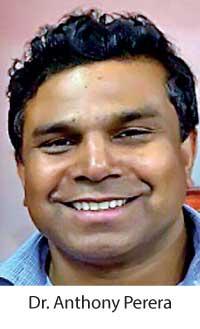 list of countries.
list of countries.
The highest need for surgeries is probably in Asia. We have covered Pakistan, Sri Lanka, China, and the Philippines. There hasn’t been an emphasis on foot and ankle education in orthopaedics in these countries.
Q What are your plans and goals?
We have already planned 22 annual programmes for next year. We are also adding three countries to our list annually, so that follow up is possible. We will be coming here annually, as we normally do with other countries.
My long-term goal is to be available to every part of the world, where there is the need. We think of ourselves as Doctors without Borders for the foot and ankle care. We can help many countries as we grow.
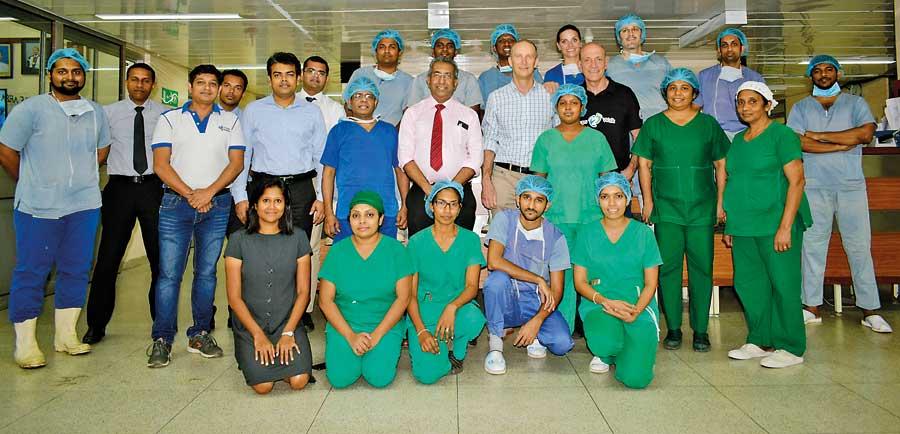
The ‘Step 2 Walk’ and SLOA teams